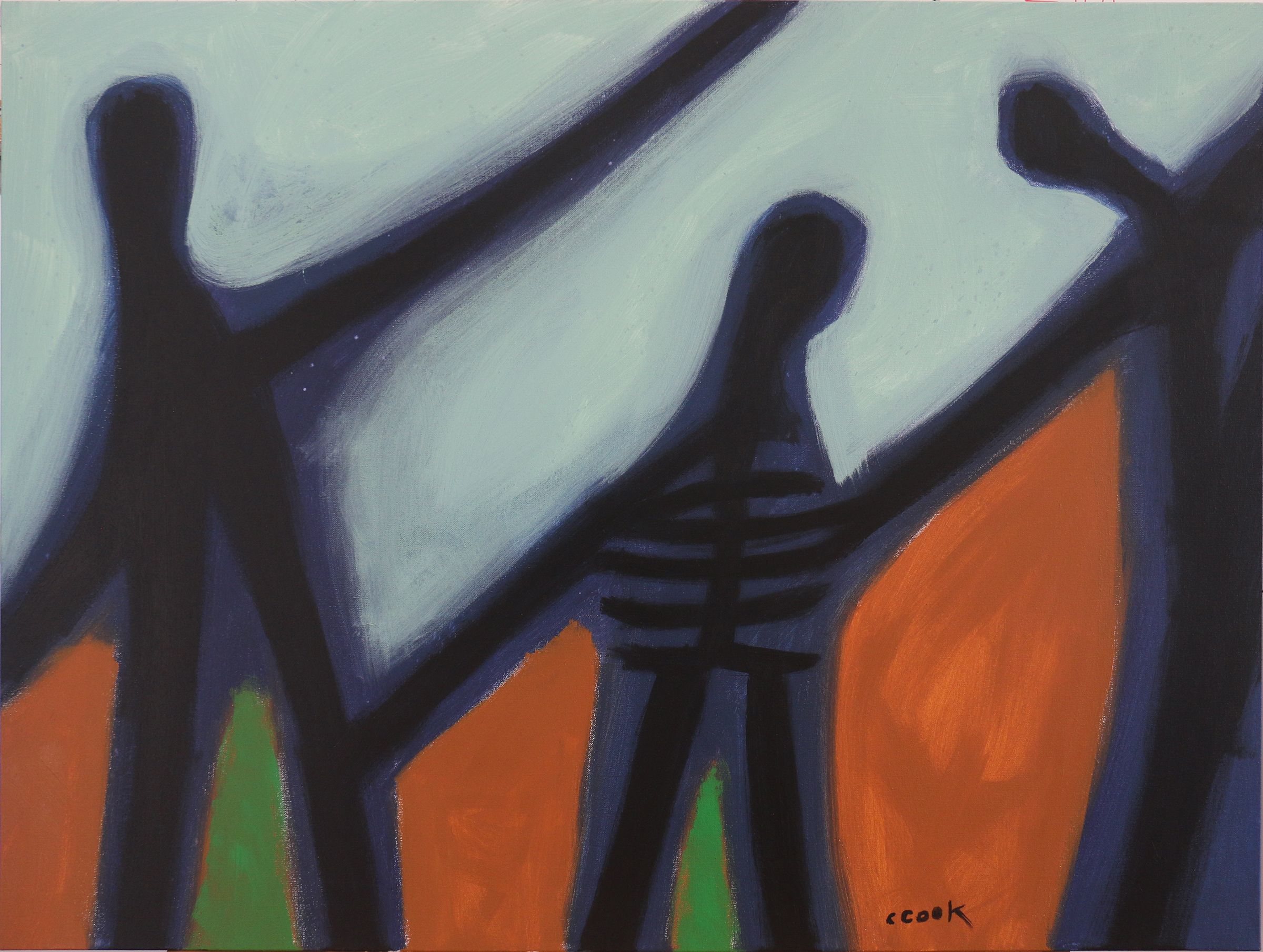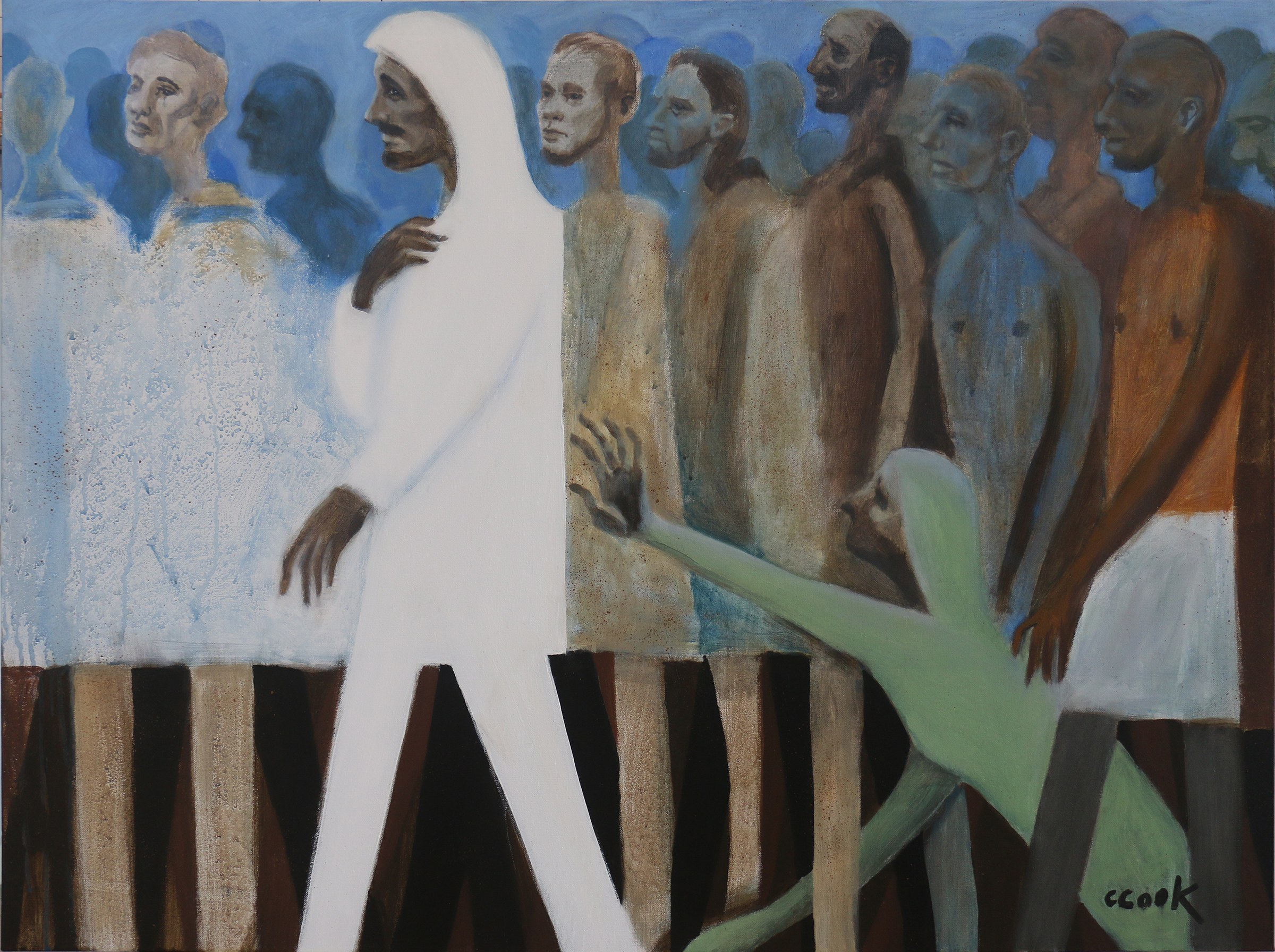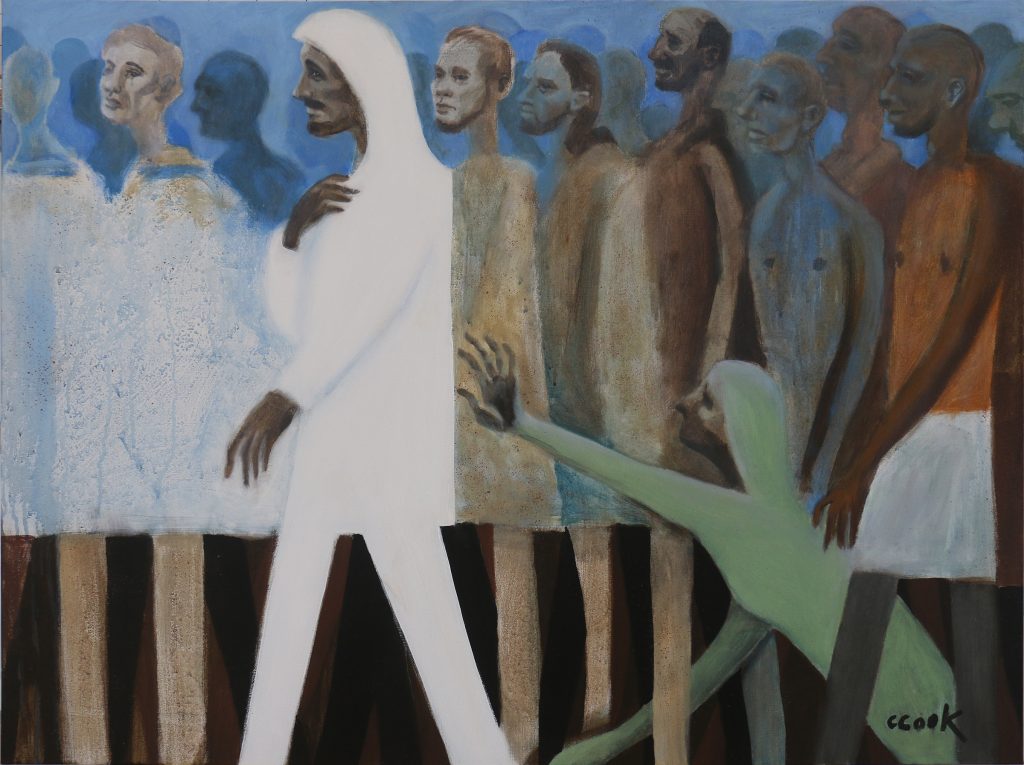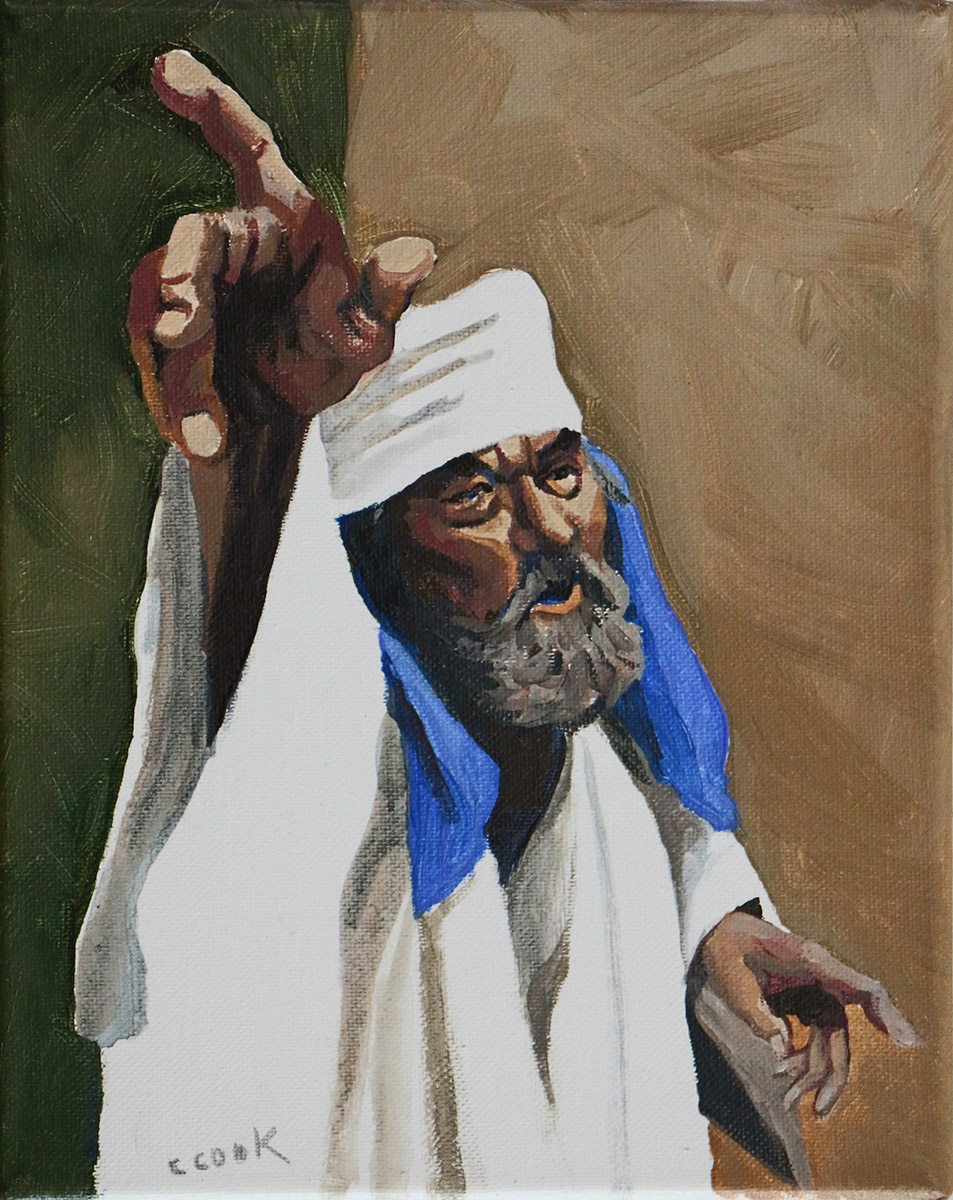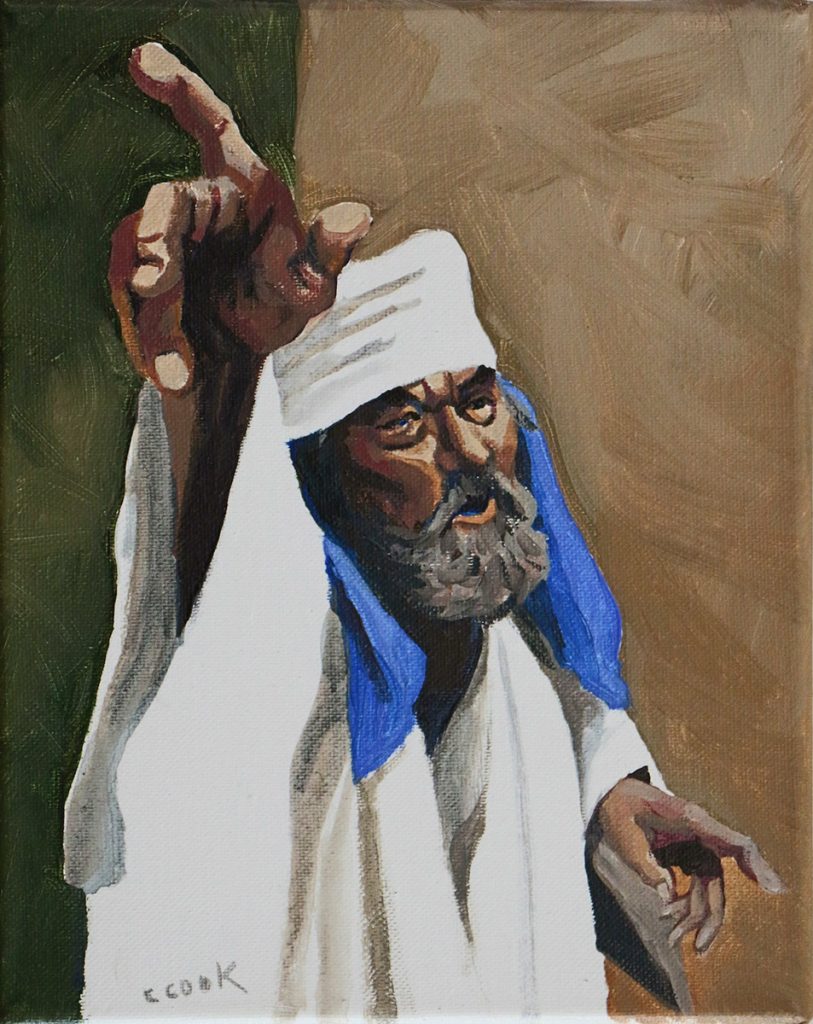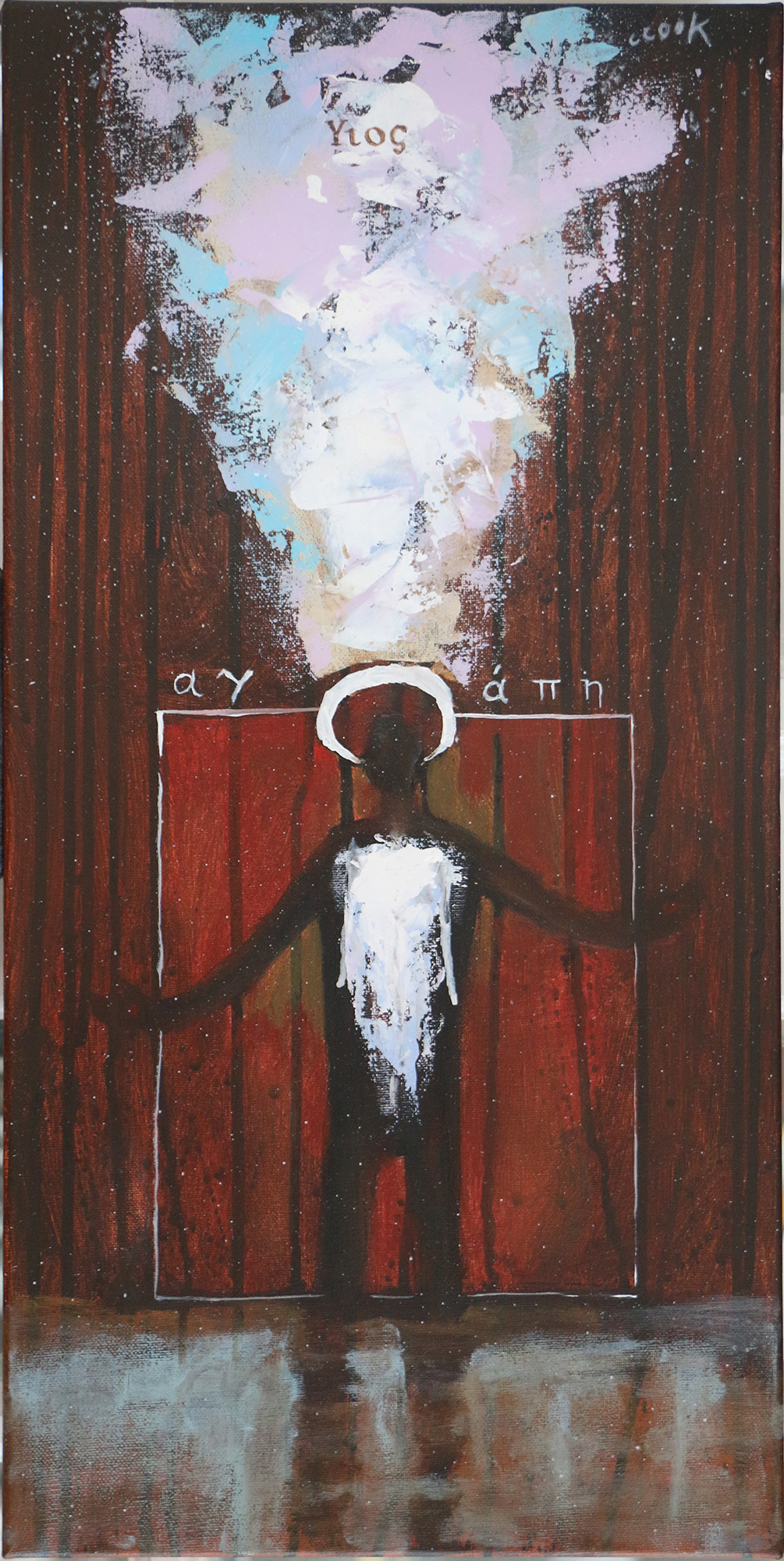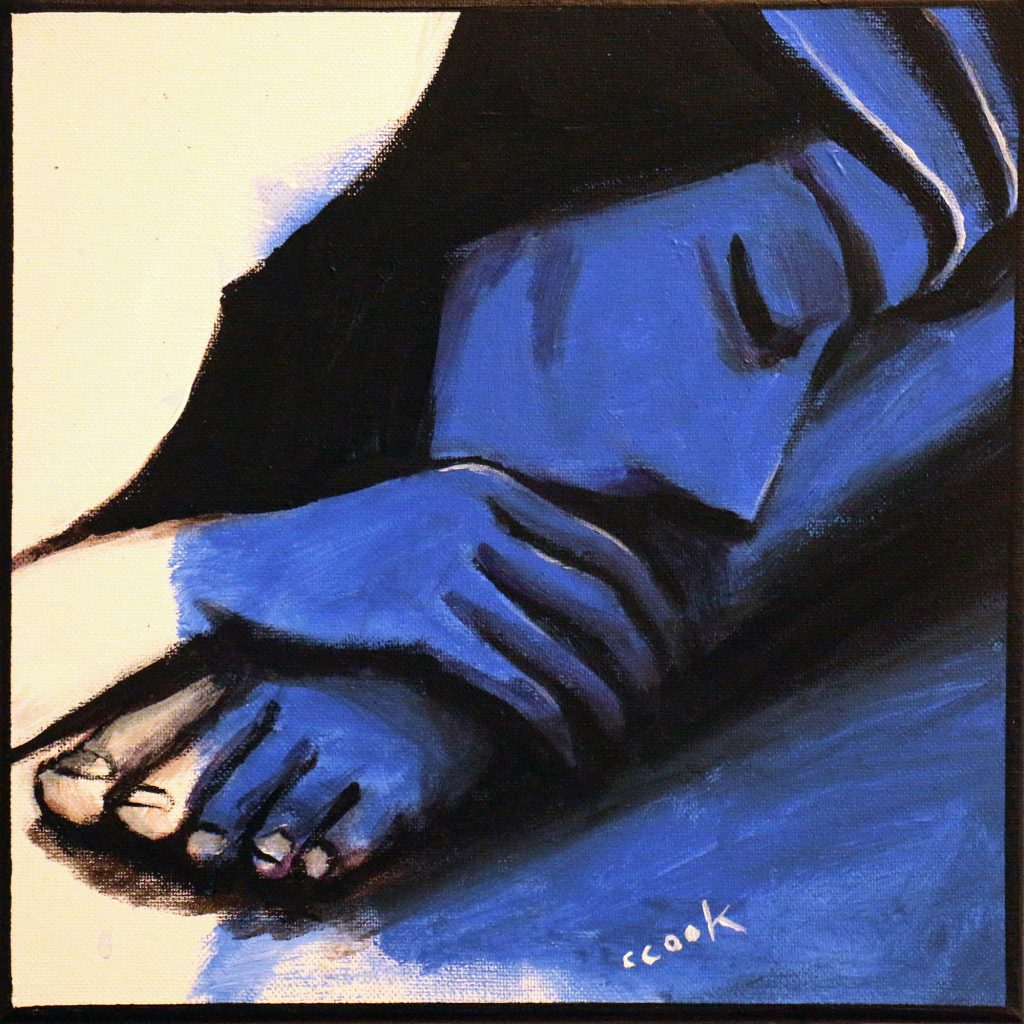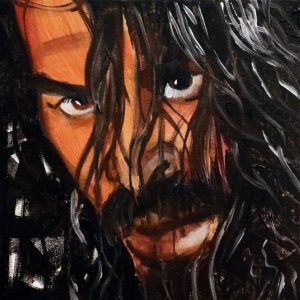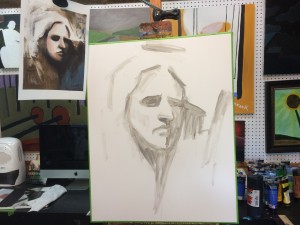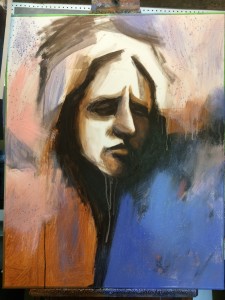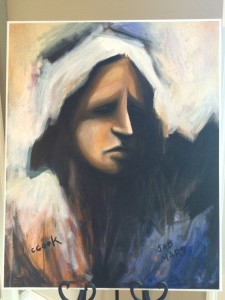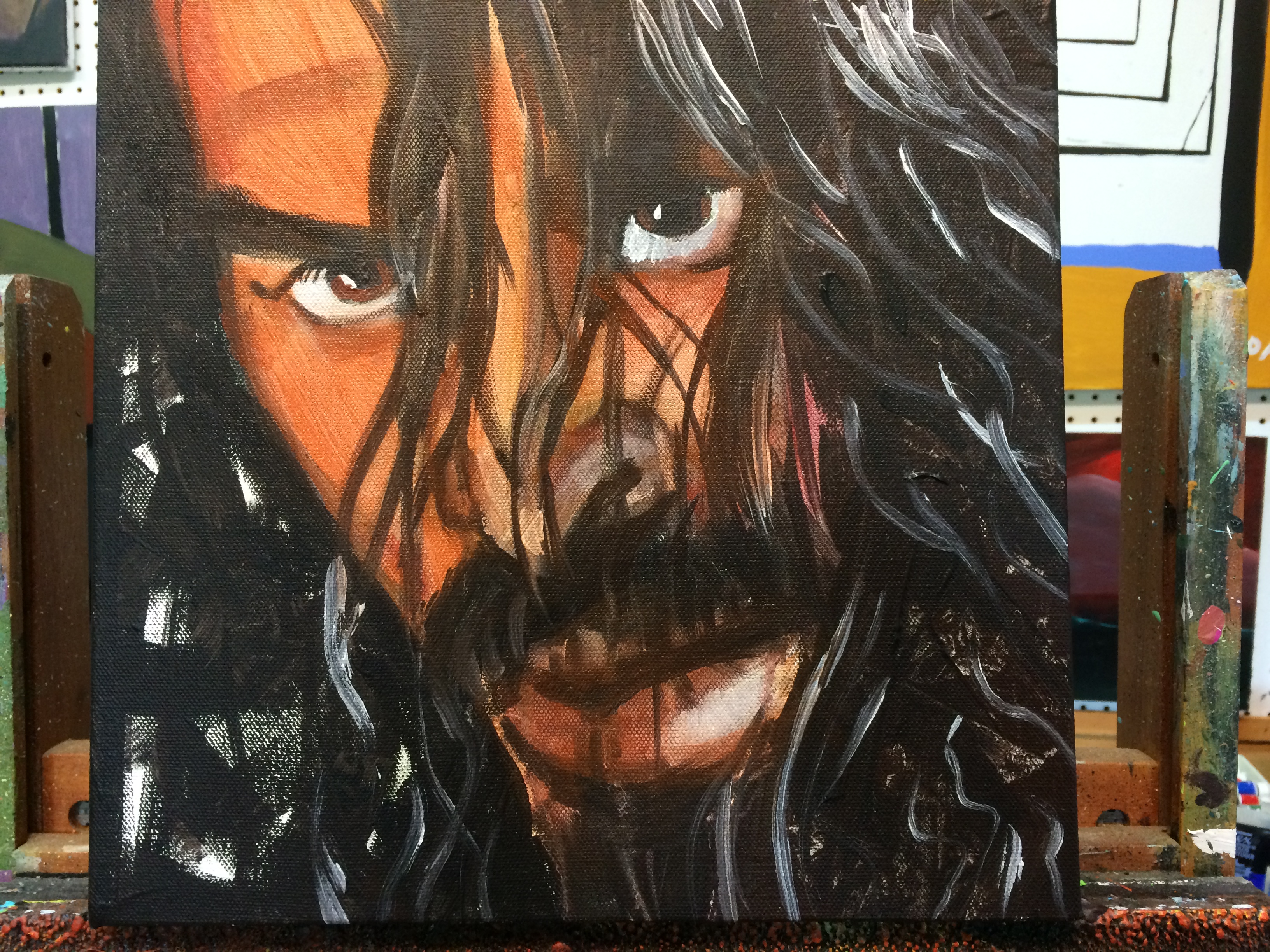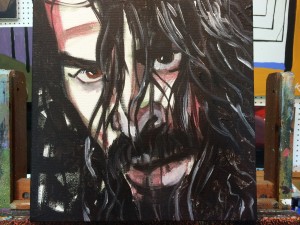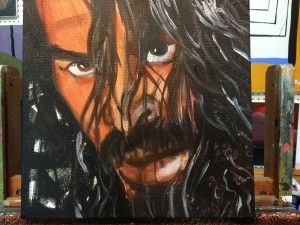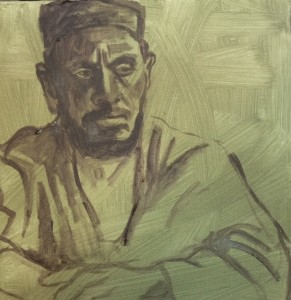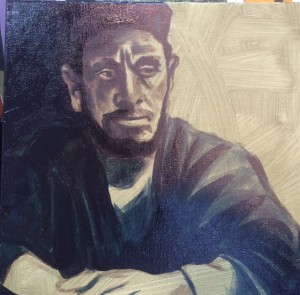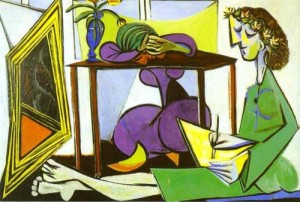Three in one…One in three.
I believe that one of the hardest concepts about God that we humans have constructed and used to try to understand God’s nature is that of the Holy Trinity. We talk about “persons” of the Trinity, knowing that God, Jesus, and the Holy Spirit are not all entirely “persons” as we might think of our friends and neighbors.
God the Father is God the Father, Jesus the Son of God is Jesus the Son of God, The Holy Spirit is the Holy Spirit…. and yet, all three are God. They entirely are divine in their essence, but they alone do not make up all of what is God.
Many have tried to use analogies to describe the Trinity like the shamrock, water, ice, and steam, Neopolitan ice cream, etc.. The truth is, however, that many of our constructs and attempts to describe God as displayed in the three persons of the Trinity fail to adequately or correctly express the nature and power of who God is. many would me content to simply leave it at “it’s a mystery”.
I really like how Chris made his expression of Trinity in this painting. All three figures are seen connected together as one body, but still different in their own individualities. I believe that the skeleton-like parts of the figure in the middle might point to the humanity of Jesus’ nature. Which figure do you see as God the Father? Which might be the Holy Spirit?
No matter how you think of the persons of the Holy Trinity, it is a beautiful comfort to remember that God, in whatever form God is present, loves and provides for all of God’s children who would believe and have faith. I believe that the mystery of parts of this revelation of God only adds to the power and awesome nature of who God is.
Shalom, Y’all –
Jed
